Energy-Charged Epidemic
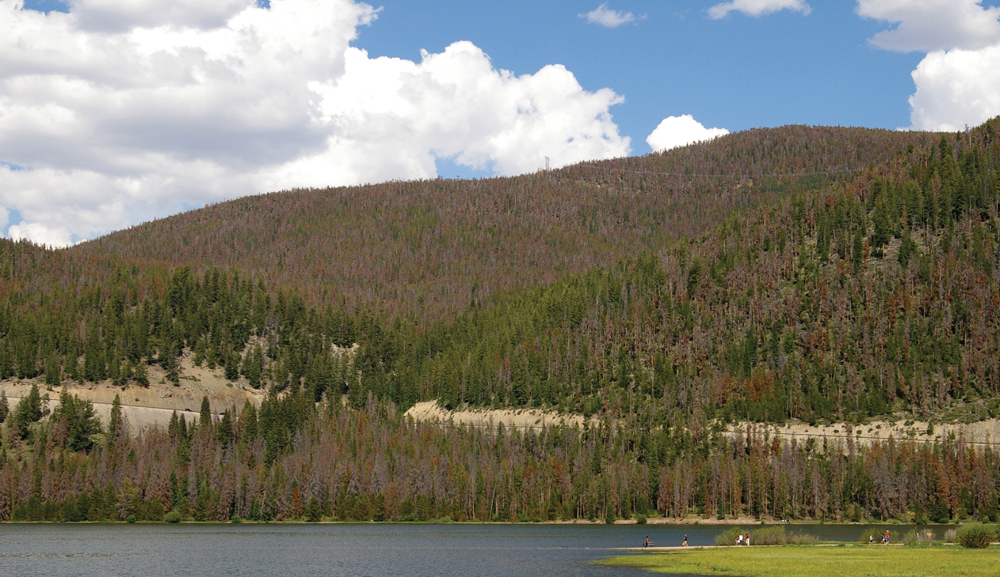
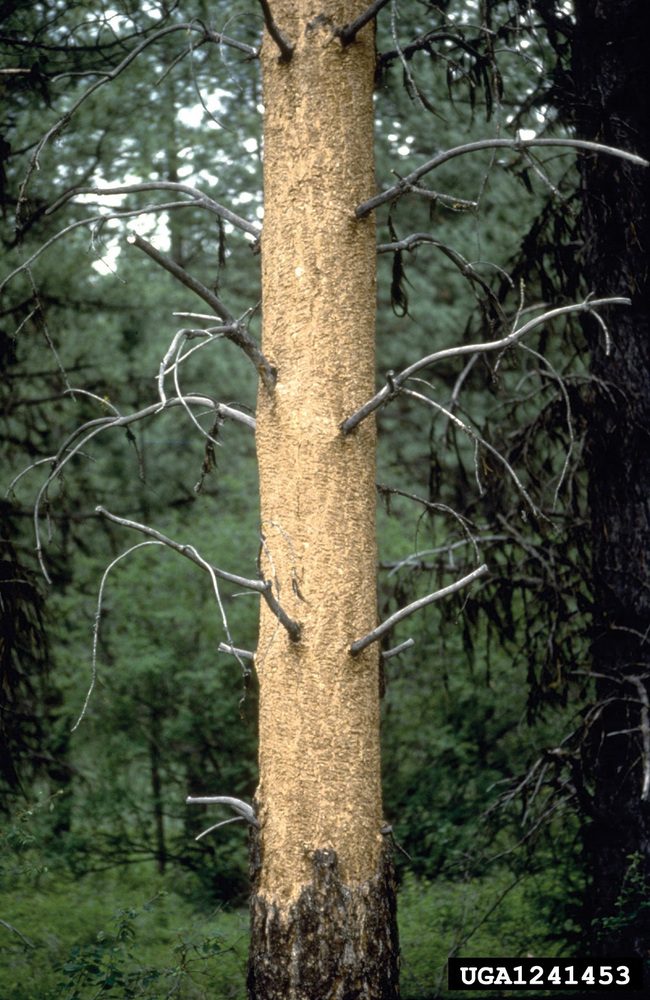
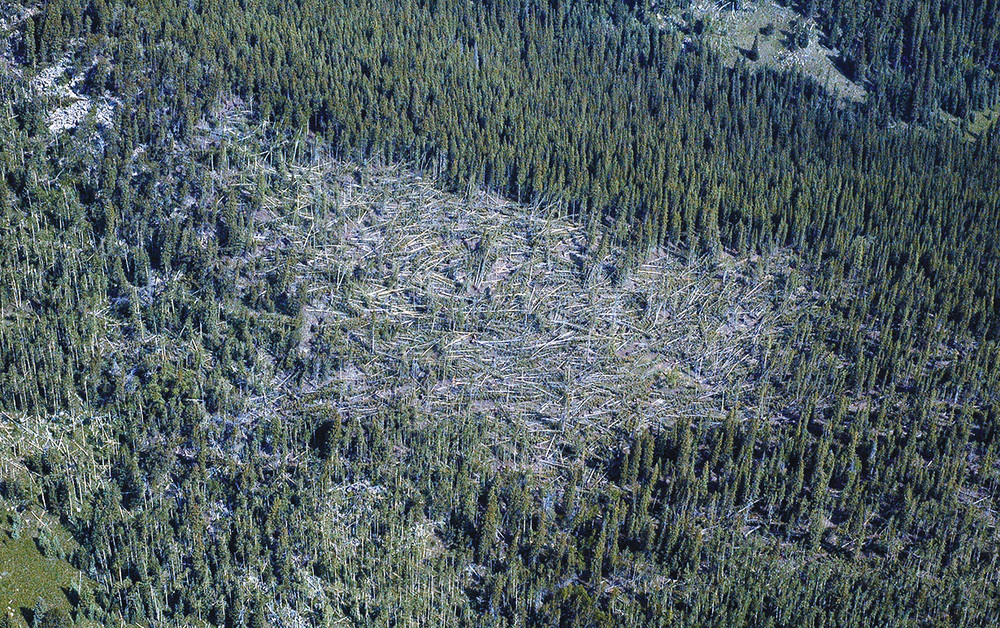
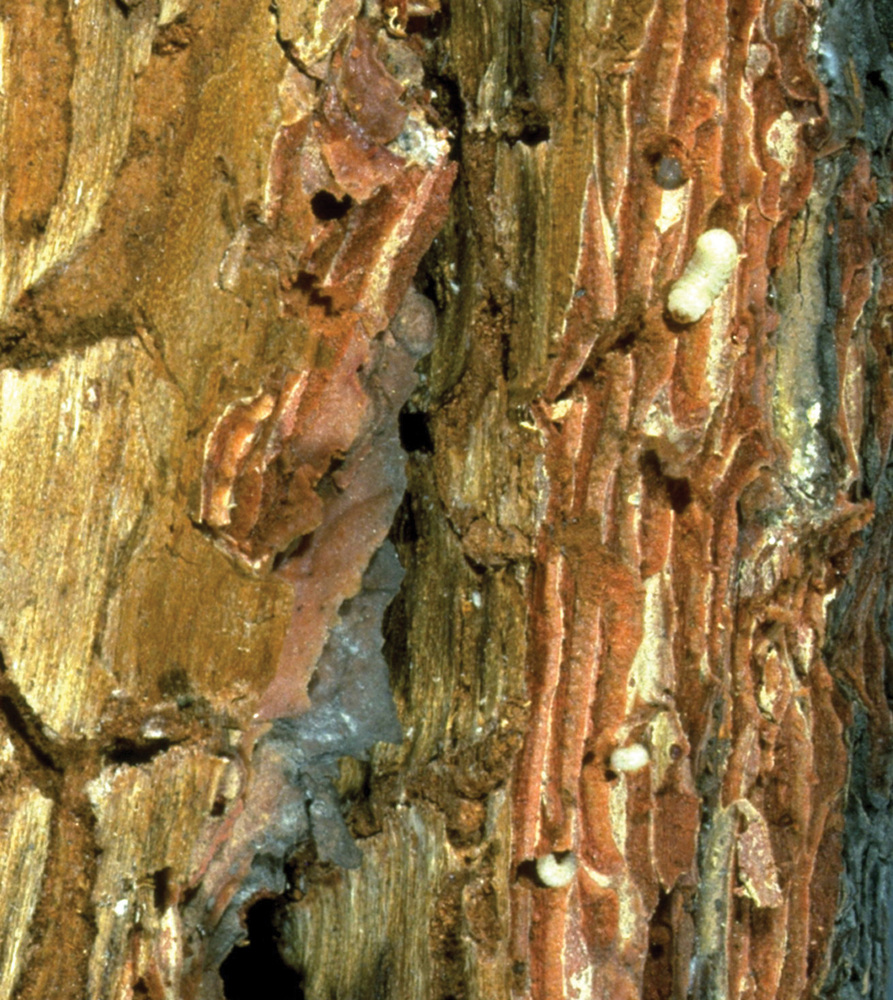
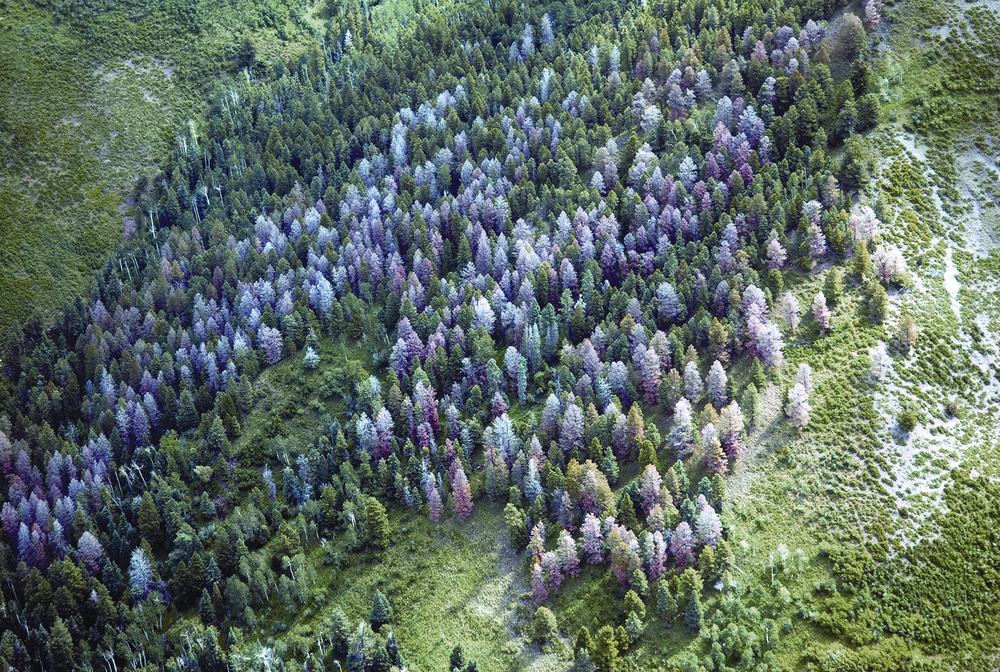
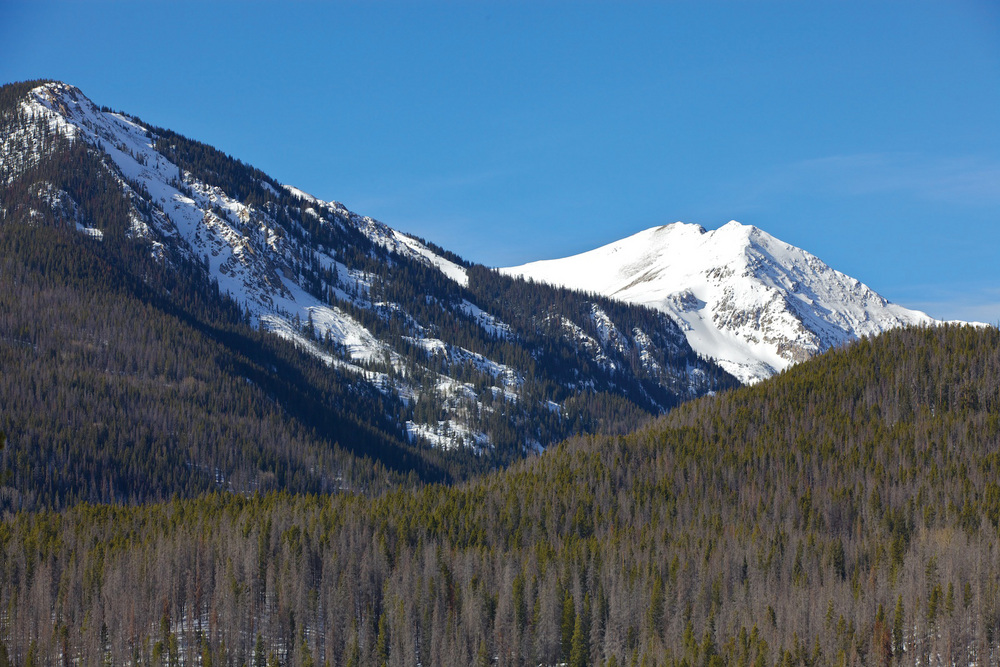
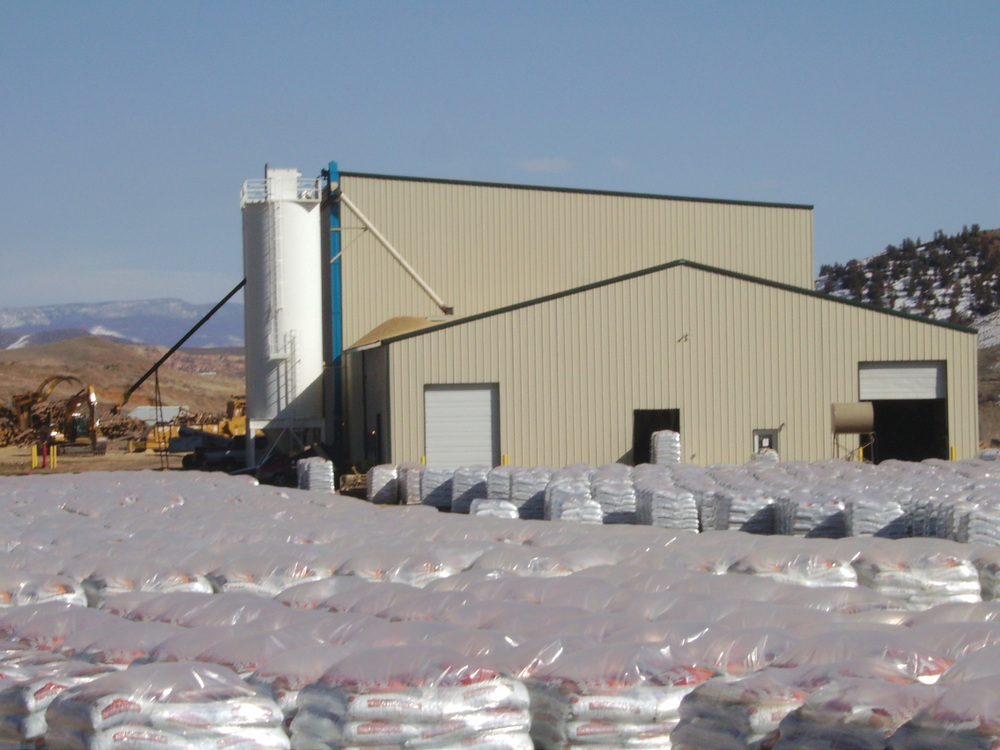
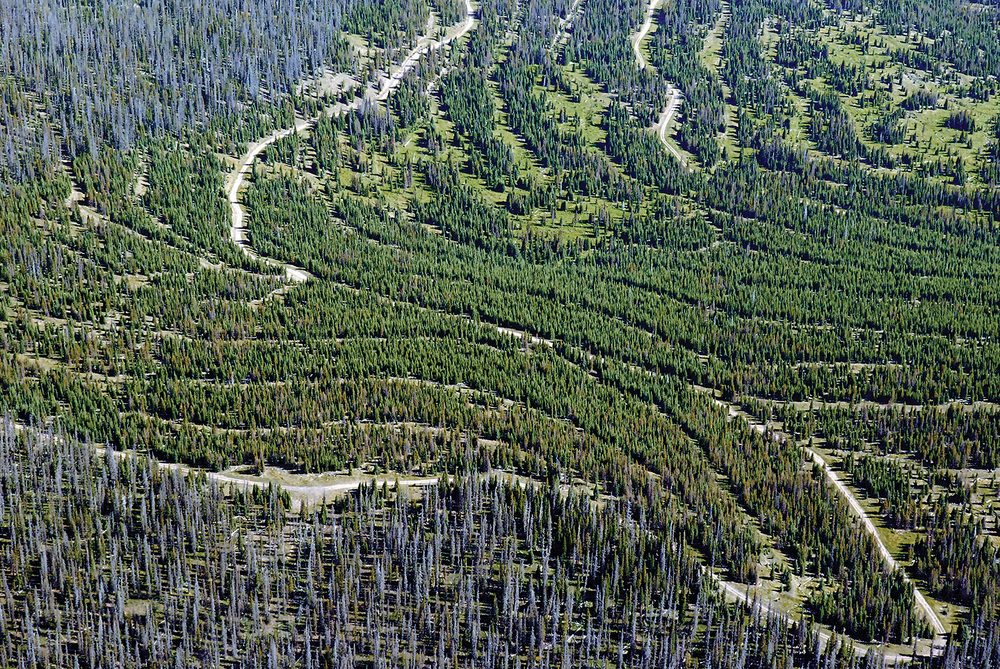

















PHOTO: HUSTVEDT, WIKIMEDIA COMMONS
April 5, 2012
BY Anna Austin
Advertisement
Advertisement
Related Stories
The U.S. DOE has opened a funding opportunity making up to $25 million available to support clean energy technology deployment on Tribal lands. Projects fueled by biomass, biogas, RNG or renewable hydrogen are among those eligible for the funding.
The International Biomass Conference & Expo was held in Richmond, Virginia, in early March.
Meeting net-zero objectives will require operators to increasingly leverage modern technologies and adopt innovative processes.
TEXEL Energy AB, Jord AB partner to produce green electricity from densified fuel made from C4 grass
TEXEL Energy has announced it has signed an agreement with Jord AB to adapt TEXEL's energy production technology to generate electricity from Jord's pellets and briquettes, made from C4 grass.
A new player in the wood pellet industry, Peak Renewables has fired up its Dothan, Alabama, plant, with more projects in the works.





